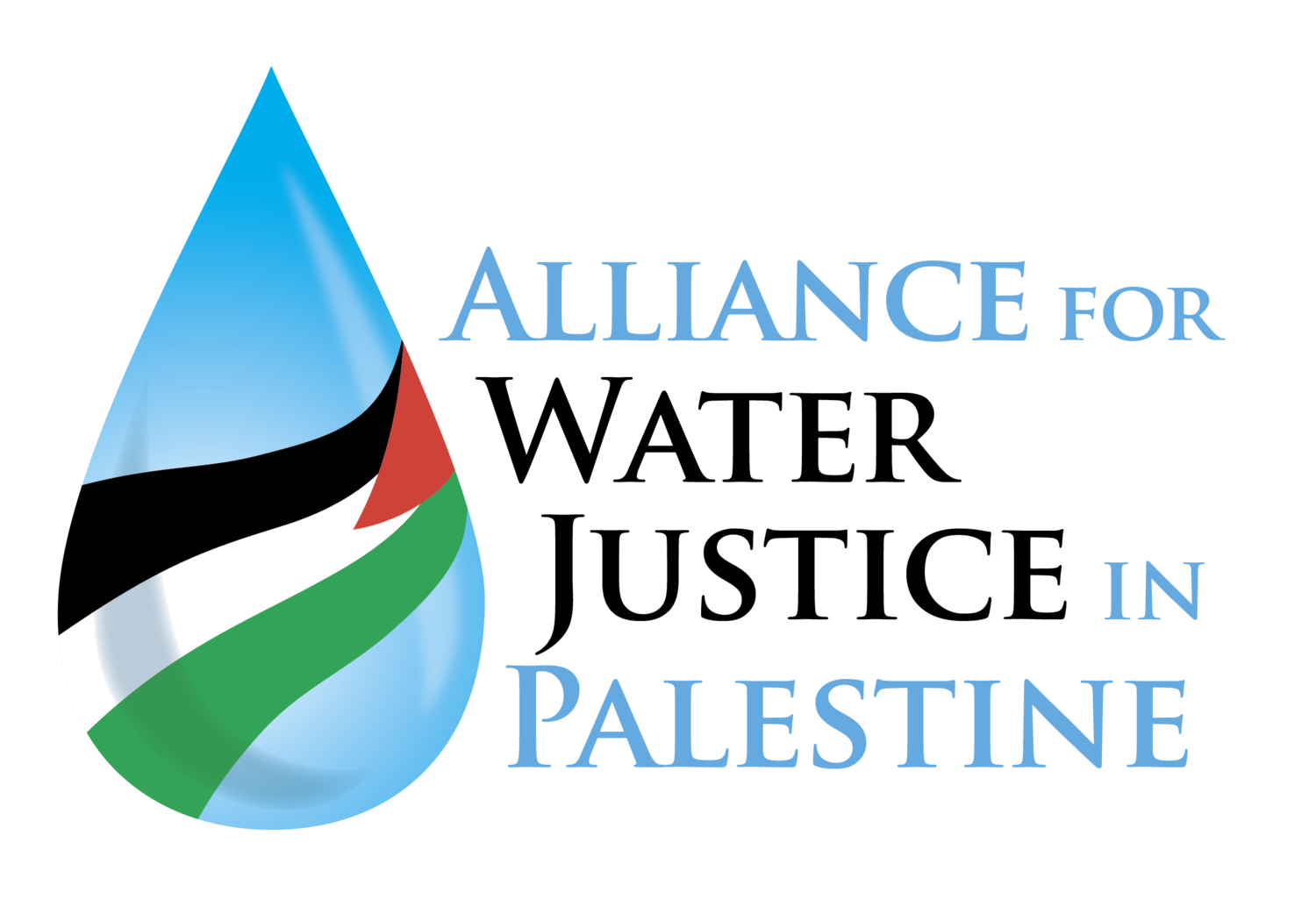Briefing by Jonathan Whittall, Head of OCHA OPT, to journalists in Deir al Balah, Gaza Strip
22 Jun 2025
Text as prepared for delivery:
While the world’s attention is elsewhere, people in Gaza today are being killed trying to reach food. The attempt to survive is being met with a death sentence.
Since the total blockade was partially lifted – just over a month ago – people have been killed almost daily while trying to get food. I’ve been told over 400 have been killed; and I’ve met some of those injured over the past days in the beds and corridors of the overflowing Nasser hospital.
The majority of the casualties have been shot or shelled trying to reach US-Israeli distribution sites purposefully set up in militarized zones. We see a chilling pattern of Israeli forces opening fire on crowds gathering to get food. Those who are shot are often out of reach of ambulances. We have been told that people are missing, presumed dead, within these militarized zones.
Others have been killed when Israeli forces have fired on Palestinian crowds waiting for food along routes into Gaza. Just a few days ago more than 60 people were killed and hundreds injured when a tank opened fire on a crowd of people waiting for food trucks to arrive.
Some people have also been killed or injured by armed gangs, including those operating in areas close to Israeli forces.
Those trying to protect aid convoys are often themselves targeted by Israeli forces.
It shouldn’t be this way. There shouldn’t be a death-toll associated with accessing the essentials for life.
Last month, the United Nations Relief Chief called on the Security Council to act decisively to prevent genocide in Gaza.
Today, from Gaza, I can say without a doubt that not enough is being done.
Palestinian life and that which sustains it continues to be systematically dismantled before the world's eyes.
There is not enough water to drink in Gaza.
Water wells have run out of fuel or are in areas that are dangerous to reach. Broken pipes waste what little water remains. Children are queuing for water trucks that often don’t arrive.
Sanitation is worsening and diseases are spreading. Sewerage is overflowing in the streets.
Our warehouses stand empty while Israel restricts shipments to minimal quantities of mainly medical supplies and food that isn’t allowed to reach warehouses and then households. Displaced families flee with nothing – and we have nothing to give them. All of Gaza is compressed into around 17 per cent of the land.
Partially functioning hospitals are overstretched and under strain. Almost every day there are mass casualties. Hospitals are being directly hit and choked by displacement orders. They are running out of even the most basic supplies.
Fuel is being rationed to prevent a complete shutdown of more life-saving services. Unless the total blockade on fuel entering Gaza is lifted we will face more senseless and preventable death.
Starvation is increasing.
According to UNICEF, on average, more than 110 children have been admitted for treatment for malnutrition every day since the beginning of 2025.
People are desperate. The little amount of food we are able to bring in is being taken off the back of trucks mostly by hungry crowds and sometimes by criminal gangs.
Israeli authorities are preventing us from distributing through the systems that we have established and that we know work. We have a plan. We could reach every family in Gaza – as we have in the past – but we are prevented from doing so at every turn.
As military operations continue from the air and ground, there remains an abhorrent disregard for humanitarian law. People’s lives and dignity are under attack every day.
Everything I have described is entirely preventable. These are conditions created to kill.
What we are seeing is carnage.
It is weaponized hunger.
It is forced displacement.
It’s a death sentence for people just trying to survive.
All combined, it appears to be the erasure of Palestinian life from Gaza.
Israel has clear responsibilities as an occupying power. This is not what fulfilling those responsibilities looks like.
We need to see accountability for the crimes committed; we need to see concrete political and economic pressure from states to bring this to an end; and we need to see a lasting ceasefire, in line with the rulings by the International Court of Justice.
This is the bare minimum. Inaction enables atrocities that are measured in human lives.
Thank you.






